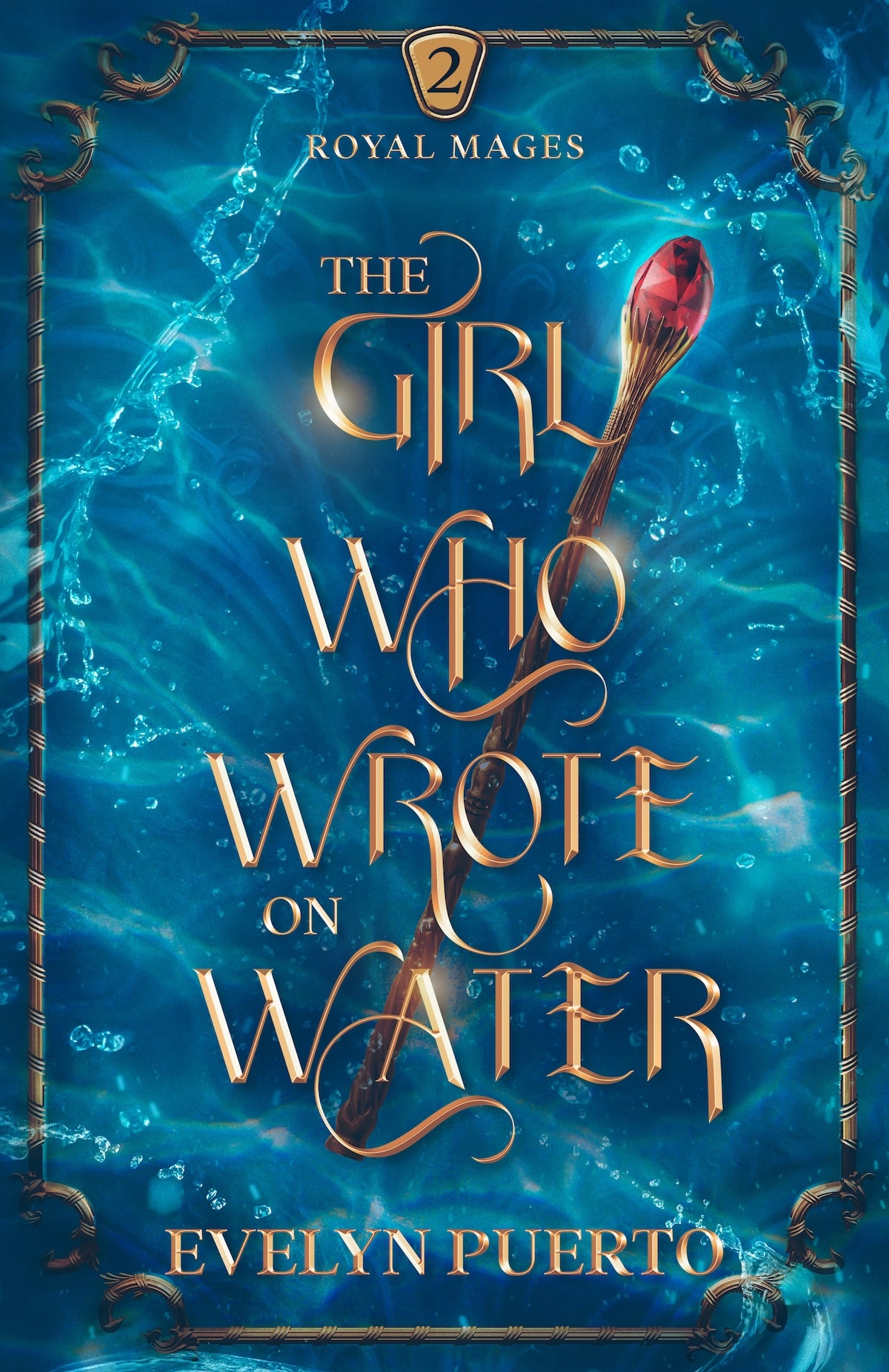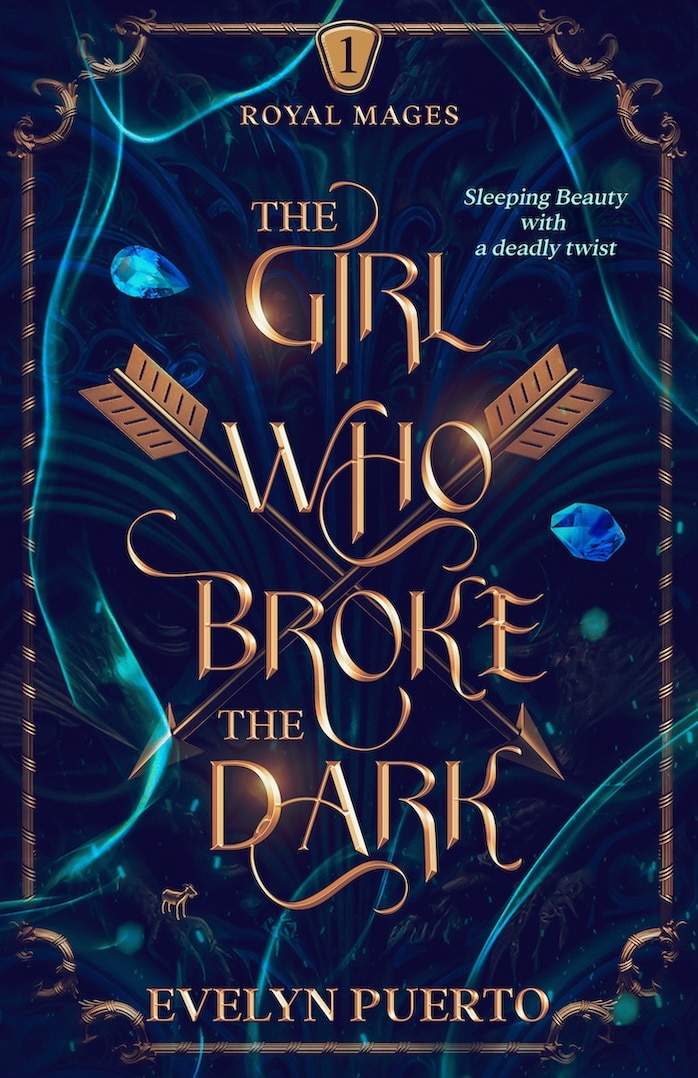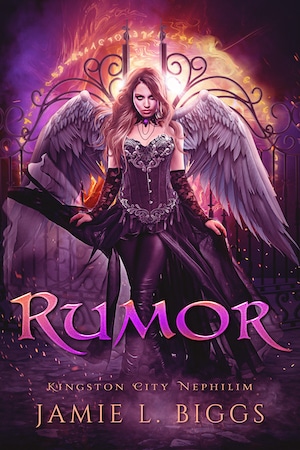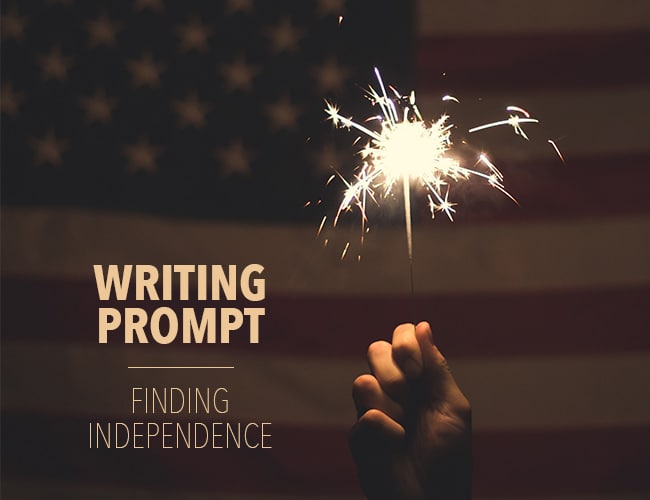
by David Safford |
We all long for independence. It’s hard-wired into the human spirit.
Perhaps this is because we all know what it feels like to be trapped. Have your circumstances ever penned you in? Have you ever been forced to look to something or someone else for sustenance, when you would rather be standing on your own feet?
That’s what today’s writing prompt is all about.

by David Safford |
It’s your dream to publish and sell a book. Thankfully, there’s never been a better time to do it, as all the tools you could possibly require are at your fingertips. And the best news is that many of them don’t cost a penny, allowing you to publish, market, and sell your book for free! All you have to do is figure out how to sell books.
Of course, what you don’t pay in cash you will be paying in gumption. As with any publishing route, there are pros and cons to using mostly free resources, and I’ll illustrate those as we go so hopefully you can avoid some of the mistakes I made in my own free publishing journey.
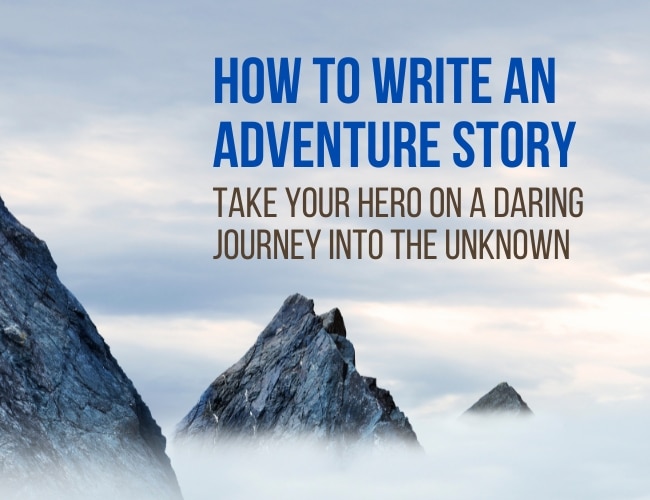
by David Safford |
In this story type, the hero and their comrades are attempting to thwart death in the face of an overwhelming physical obstacle, usually in the form of a figure of nature.
This isn’t to say that an adventure story can’t have a villain. However, the primary threats will always come in physical form, forcing the characters to dig deep and find the strength and resolve to endure.

by David Safford |
The Hero’s Journey is easily the most-used and most-loved storytelling structure in the history of humanity. It resonates with readers in ways that are as old as human D.N.A. itself.
If you want to connect with readers and engage them on a deep level, you would be at an advantage to study this storytelling method and use as much of it as possible in your writing.
One of the best ways to study and master the Hero’s Journey is by seeing it at work in another story. And in recent history, there is no clearer use of the Hero’s Journey than George Lucas’s space opera, Star Wars.
Let’s break it down, step by step.

by David Safford |
Don’t you love a great twist?
Often appearing in the middle or at the end of a story, a twist can completely transform the reading experience into a wild ride where anything can happen. But executing a twist isn’t easy, and if done improperly, can leave your reader feeling deeply disappointed.
And that’s just what many writers unsuspectingly do.





